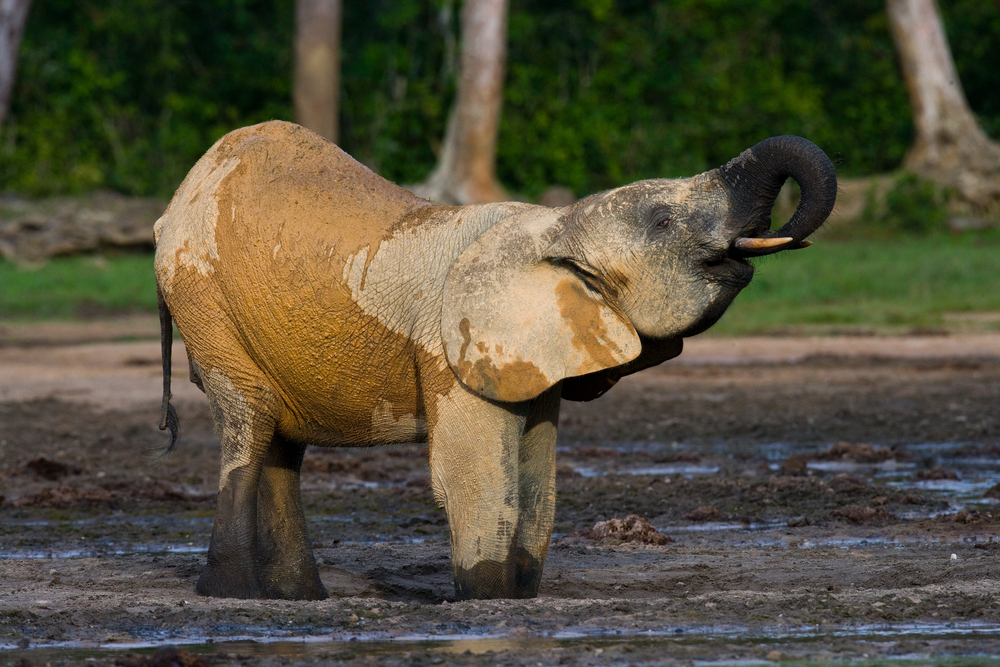Kahuzi-Biega Overview
Kahuzi-Biega National Park, located in the eastern region of the Democratic Republic of Congo (DRC), is a breathtaking expanse of lush forests and towering mountains. Covering an area of approximately 2,316 square miles (6,000 square kilometers), this UNESCO World Heritage Site is renowned for its biodiversity and its crucial role in the conservation of the Eastern Lowland Gorilla, also known as the Grauer’s gorilla. The park is named after its two dominant mountains, Mount Kahuzi and Mount Biega, both extinct volcanoes that add to the dramatic landscape of the region.
The park’s terrain is diverse, ranging from lowland rainforests to montane forests at higher altitudes. This variety of habitats supports a rich array of flora and fauna, making Kahuzi-Biega one of the most ecologically significant parks in Africa. The lowland areas are characterized by dense, humid forests, while the higher elevations are home to bamboo forests and subalpine vegetation. This ecological diversity provides a haven for numerous species, many of which are endemic to the region.
Kahuzi-Biega National Park is perhaps most famous for its population of Eastern Lowland Gorillas, the largest gorilla subspecies. These magnificent creatures are the park’s flagship species and are critically endangered, with Kahuzi-Biega being one of their last strongholds. Visitors to the park can participate in guided gorilla trekking tours, where they have the unique opportunity to observe these gentle giants in their natural habitat. The experience of encountering a gorilla family, led by a dominant silverback, is both awe-inspiring and humbling.
In addition to gorillas, the park is home to a variety of other wildlife, including forest elephants, chimpanzees, and several species of antelope. Birdwatchers will be delighted by the presence of over 350 bird species, such as the Congo peafowl, African green broadbill, and Rockefeller’s sunbird. The park’s rivers and wetlands also support a range of aquatic life, contributing to its rich biodiversity.
Exploring Kahuzi-Biega National Park offers a blend of adventure and tranquility. The park’s network of trails and paths allows visitors to traverse its diverse landscapes, from the thick forests of the lowlands to the cooler, misty heights of Mount Kahuzi and Mount Biega. Hiking to the summits of these mountains rewards adventurers with stunning panoramic views of the surrounding forest and valleys. The journey through the park is an immersive experience in one of the world’s most pristine natural environments.
Conservation efforts in Kahuzi-Biega are paramount, given the numerous threats the park faces, including poaching, deforestation, and political instability. The park’s management, along with various international conservation organizations, works tirelessly to protect its unique wildlife and habitats. Anti-poaching patrols, community engagement, and education initiatives are essential components of these conservation strategies. Despite the challenges, these efforts have made significant strides in preserving the park’s biodiversity and promoting sustainable tourism.
The local communities around Kahuzi-Biega National Park play a crucial role in its conservation. These communities, including the indigenous Batwa people, have a deep connection to the land and its wildlife. Their traditional knowledge and practices are invaluable for sustainable management of the park. Efforts to involve local populations in conservation and eco-tourism initiatives help ensure that the benefits of the park’s preservation are shared and that the communities are active partners in protecting their natural heritage.
In summary, Kahuzi-Biega National Park is a jewel of the Democratic Republic of Congo, offering unparalleled natural beauty and biodiversity. Its diverse landscapes, from dense rainforests to towering volcanic peaks, provide a sanctuary for some of the world’s most endangered species, including the Eastern Lowland Gorilla. The park’s commitment to conservation and its engagement with local communities make it a model of sustainable management. Whether trekking to see gorillas, hiking to volcanic summits, or simply enjoying the tranquility of the forest, visitors to Kahuzi-Biega will find an unforgettable wilderness experience.














































































